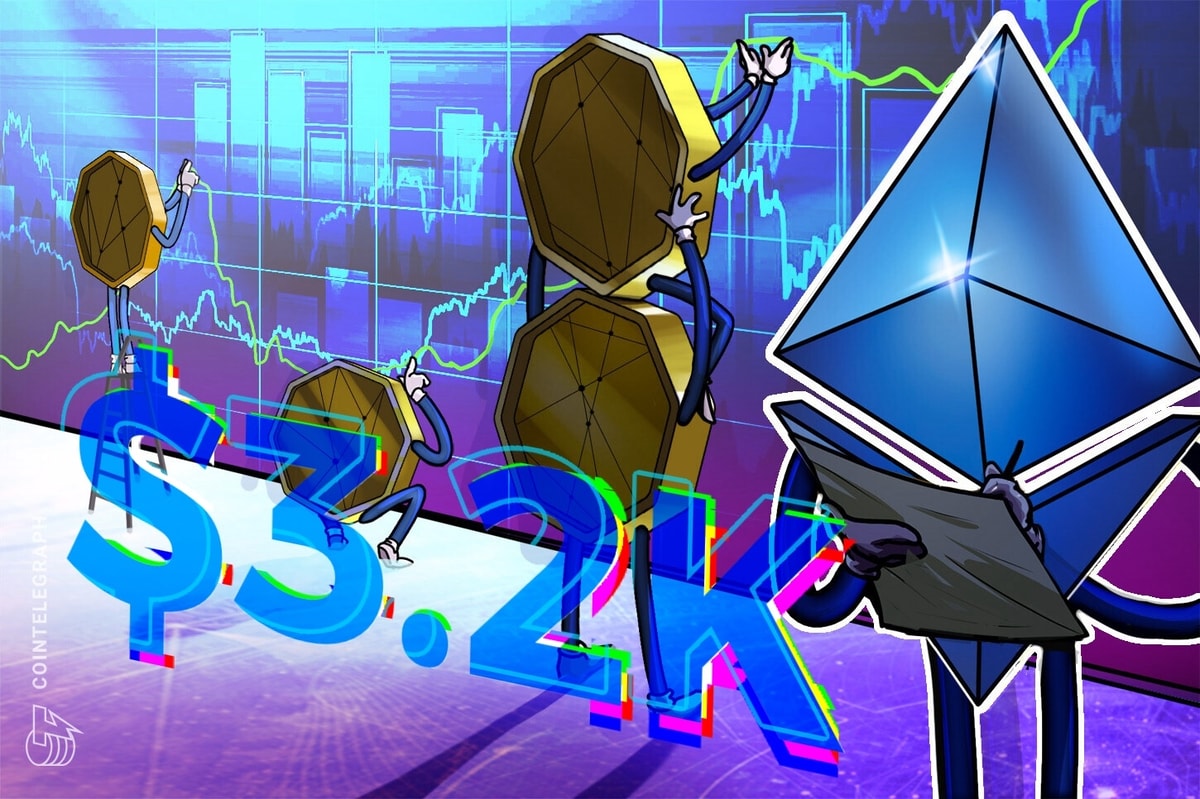Why Tether is acting more like a central bank than a stablecoin
1 min read
Key takeaways
-
Tether operates a Treasury- and repo-heavy balance sheet, holding $181.2 billion in reserves against $174.5 billion in liabilities, leaving $6.8 billion in excess.
-
High interest rates have turned those reserves into profit, generating more than $10 billion in interest income so far in 2025, which is uncommon for a typical crypto issuer.
-
It exercises policy-style levers by freezing sanctioned wallets, shifting supported blockchains and allocating up to 15% of profits to Bitcoin.
-
The central bank comparison has limits. Tether has no public mandate or backstop, relies on attestations instead of full audits and depends on private counterparties.
Tether no longer looks like a simple more than 140 law enforcement agencies across 45 jurisdictions in freezing $835 million connected to scams and illicit activities.
Where Tether fits in the bigger picture
Ultimately, Tether looks less like a typical stablecoin issuer and more like a private, dollar-denominated central bank for crypto. It expands and contracts supply through large-scale minting and redemptions, holds short-dated Treasurys and repos, earns multibillion-dollar interest income and can step in with compliance actions when required.
However, the analogy only goes so far. There is no public mandate or backstop, transparency still depends on attestations, and its policy-like actions are largely focused on compliance rather than macro management.
Keep an eye on reserve composition, profits, redemptions, audit progress and, in the US, how the USAT plan with Anchorage unfolds because that is where the story will either continue to resemble central banking or begin to diverge.





